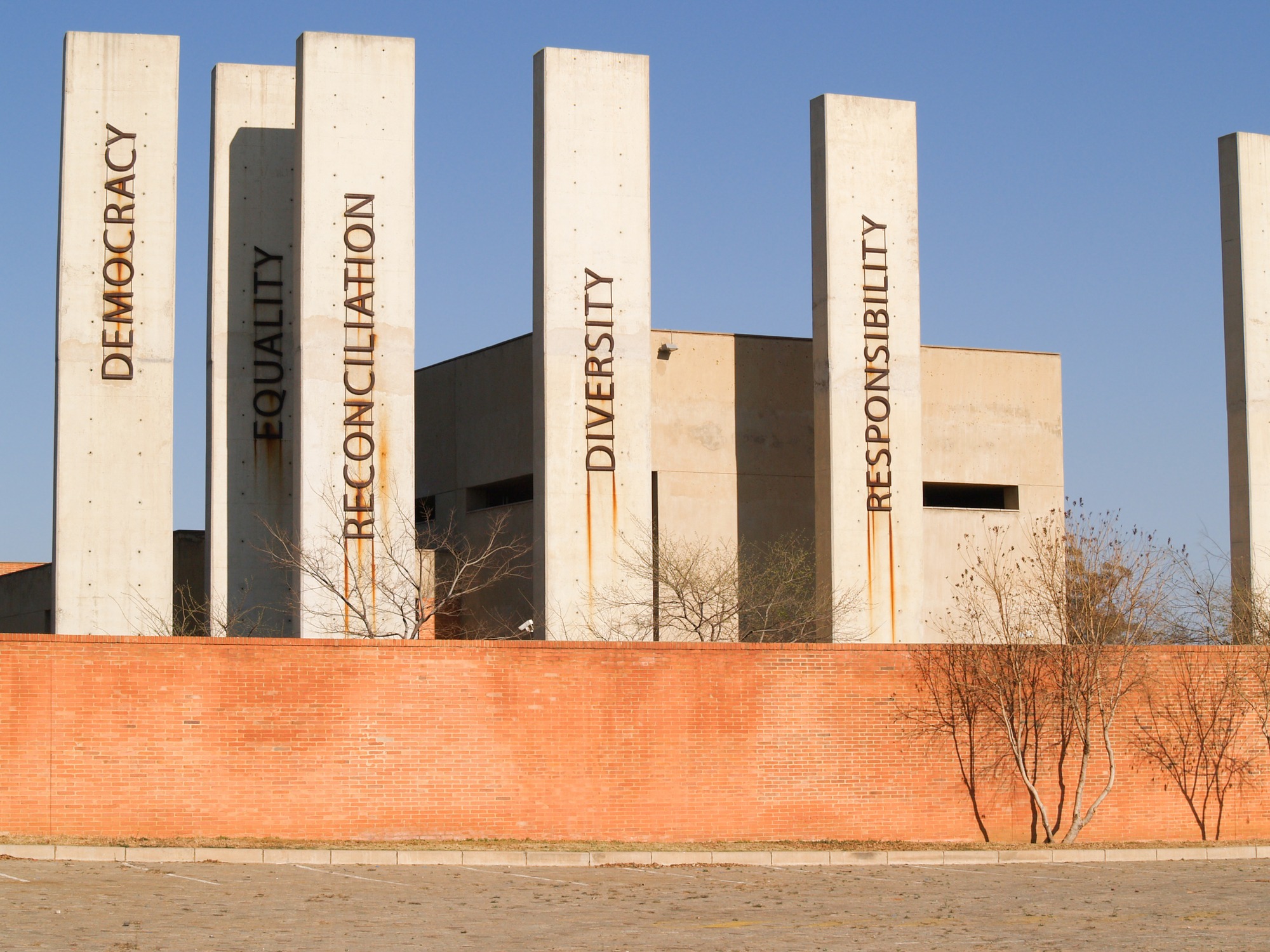The change in 1967 demarked that, in the historical period before, Australian Aboriginals were not treated as citizens, but accounted in narratives of flora and fauna. There is unfortunately ambiguity in the narratives.
Larissa Behrendt (2007) explains it best:
“The focus on citizenship rights as an important part of the campaign for Indigenous equality was a key platform in the activism of advocates like Cooper and Maynard, and it influenced future generations to come.”
“…These notions of access and opportunity underpinned the desire for ‘citizenship rights’, and along with the claim over land and the desire for self-determination, they created the key platforms in the Indigenous political agenda.”
“Perhaps because of the focus on ‘citizenship rights’ in the decades leading up to the referendum, and because of the rhetoric of equality for Aboriginal people that was used in ‘Yes’ campaigns, it was inevitable that there would be a mistaken perception that the constitutional change allowed Aboriginal people to become citizens or attained the right to vote. The referendum did neither.”
The ambiguity is based on that the status of Australian Aboriginal persons being irrelevant to the status of citizens. ‘They’ were either wards of the State within the Commonwealth of Australia or they had no status, except as the informal attitudes that person ‘x’ was or was not a citizen of Australia. George Williams (2007) explained what happened: “In 1967 a proposal was put before the Australian people under which the words ‘other than the aboriginal race in any State’ in section 51(xxvi) would be struck out and section 127 deleted entirely.”
…
“Section 51(xxvi) of the Constitution provided that the Commonwealth Parliament could legislate with respect to ‘the people of any race, other than the aboriginal race in any State, for whom it is deemed necessary to make special laws’. This was the so-called ‘races power’. Section 127 also provided: ‘In reckoning the numbers of the people of the Commonwealth, or of a State or other part of the Commonwealth, aboriginal natives shall not be counted’. Significantly, neither provision spoke of Indigenous peoples as people, but in the latter case as ‘aboriginal natives’.”
“Section 51(xxvi) was deliberately inserted into the Constitution to allow the Commonwealth to discriminate against sections of the community on account of their race.”
David McCallum in his argument for “Liberal Forms of Governing Australian Indigenous Peoples” (2011) clarifies the historical ambiguity:
“In the period 1790-1816, military campaigns sent out to kill or capture Aborigines contained no declaration of martial law, as would have assumed an assertion of sovereign authority over subjects or citizens”
“By the early twentieth century, the bare-life conditions of Aboriginal peoples were such that the Australian national and state governments took it upon themselves to attack Aboriginal communities as a matter of policy. Firstly, the newly-formed national government revoked the citizenship rights of Australian Aboriginal peoples. Secondly, the state welfare boards removed thousands of children from their parents and placed them in foster homes or institutions…”
“In the following decades, government sought to construct rationalities of rule that developed from ideas of assimilation, and then self-government, in contexts of continuing dissent. For example, the period between 1967, when constitutional amendment allowed Indigenous people to be counted as citizens and new policies advocated self-determination, and 1996, coinciding with the election of a conservative coalition government, is regarded as a discursive break in the history of Indigenous affairs. Language changed, new entities and categories were brought into being. But as Howard-Wagner observes, the language of self-determination and autonomy was largely a ‘federal-government construct’ which, in effect, allowed any tentative moves towards Indigenous self-government to be declared later as simply a failure.”
The references to Australian Aboriginal persons classified as ‘Flora and Fauna’ is a side issue, a secondary factor to the ambiguity of citizenship. It is only a reference to the way history and natural/social science volumes tended to sectionalise Australian Aboriginal persons into the sections on ‘Australian Flora and Fauna’ rather than sections on ‘Australian People’. Aboriginal people in Australia have never been covered by a flora and fauna act, either under federal or state law. The factors of government departments and historical reports which brought titles and words together on ‘flora’, ‘fauna’ and ‘Aboriginal’, created the false narrative (e.g., Toepfer 2012: 200). In this regard, it is still an open question in the informal attitudes of Australians, as to the associations made.
But the real issue is the ambiguity about citizenship. Thus, there was no consistent legal status for citizenship, but this would have changed in the legal and attitudinal outlook after 1967 as a matter of procedural administration. The process of ‘de-warding’ Aboriginal persons has been a slow process in the last three decades, but at the same time the conservative governments have had a process of ‘de-language’ concepts of self-determination and autonomy. These are not necessarily non-conservative or anti-conservative terms in relation to indigenous populations. It is only neo-conservative thinking which obsesses with ‘State Rights’ that lead to the opposition and the ‘No’ Vote for the next referendum.
Image: Johannesburg South Africa – August 15 2007; Brick wall with black and white sign for Apartheid Museum, and pillars with other conceptual words. Photo 252665388 / Reconciliation © Brian Scantlebury | Dreamstime.com
References:
Behrendt, L. (2007). The 1967 referendum: 40 years on. Australian Indigenous Law Review, 11, 12–16. http://www.jstor.org/stable/26425494
McCallum, D. (2011). Liberal Forms of Governing Australian Indigenous Peoples. Journal of Law and Society, 38(4), 604–630. http://www.jstor.org/stable/41350326
Toepfer, G. J. (2012). Who Are Australian Aborigines and Where Are They at Today? Anthropos, 107(1), 200–209. http://www.jstor.org/stable/23510154
Williams, G. (2007). The Races Power and the 1967 Referendum. Australian Indigenous Law Review, 11, 8–11. http://www.jstor.org/stable/26425493
Neville Buch
Latest posts by Neville Buch (see all)
- Dear grossly, ethically, corrupted - December 21, 2024
- Thoughts with a Professional History colleague on “Artificial Intelligence” - December 21, 2024
- Stephanie M. Lee on “AI by omission”, The Chronicle of Higher Education, Thursday, December 19, 2024 - December 20, 2024

